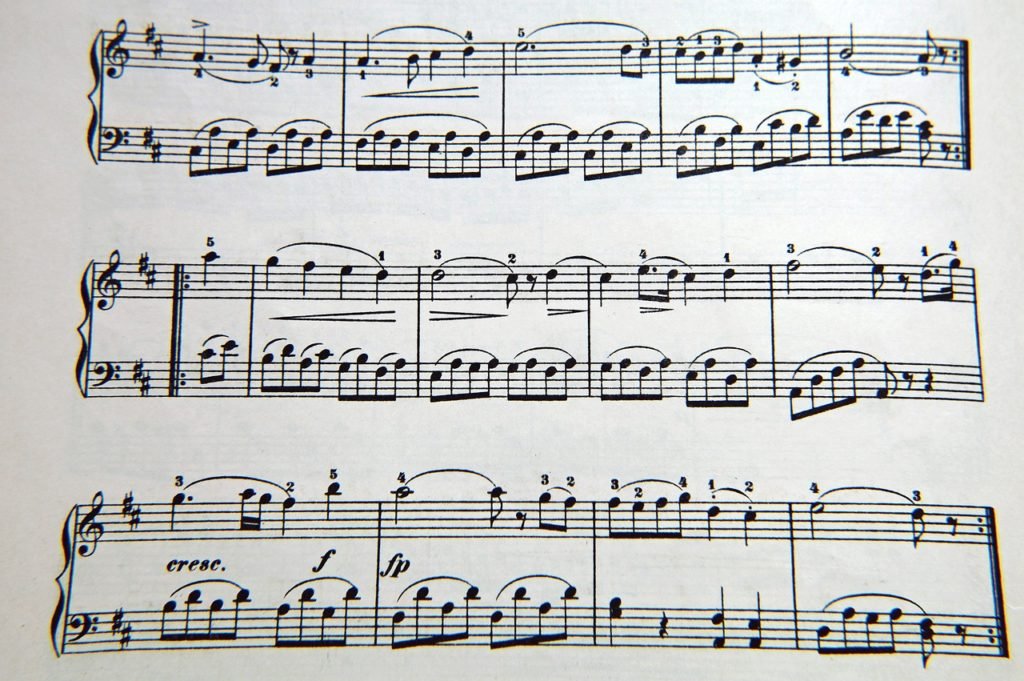In the vast landscape of industries, the pursuit of perfection is an eternal quest. Imagine a world where every product you buy, every service you enjoy, is of the highest quality possible. This utopian vision is not far-fetched. Two powerful methodologies, Benchmarking and Six Sigma, are the torchbearers in the journey toward perfection. In this exploration, we’ll unravel the mysteries behind these concepts, shedding light on how they shape quality control and process improvement.
The Symphony of Benchmarking: A Prelude to Excellence
Benchmarking is akin to a musical symphony where each instrument plays a crucial role. In the business realm, this symphony involves comparing your performance to that of the best in the industry. Imagine you are a violinist aspiring to become the best. Benchmarking would involve studying the techniques of the world’s top violinists, understanding their nuances, and incorporating them into your own performance.
Types of Benchmarking: A Diverse Melody
Benchmarking comes in various forms, each contributing to the harmonious pursuit of perfection. Internal Benchmarking involves comparing different departments within the same organization, fostering collaboration. Competitive Benchmarking observes direct competitors, learning from their successes and failures. Functional Benchmarking explores best practices in similar functions, regardless of industry. Strategic Benchmarking casts a wide net, considering practices beyond the industry to bring innovation.
Six Sigma: Crafting Precision in Every Note
Six Sigma, on the other hand, is the maestro in our symphony. It’s a methodology dedicated to reducing defects and variations, ensuring that every note played is precise and in harmony. Picture a conductor ensuring that every musician hits the right note at the right time – that’s Six Sigma in action.
The DMAIC Methodology: A Step-by-Step Symphony
Six Sigma dances to the rhythm of DMAIC: Define, Measure, Analyze, Improve, and Control. It’s a structured approach, guiding organizations through the journey of process improvement. Imagine tuning each instrument meticulously before a performance. That’s what DMAIC does for business processes, ensuring they are finely tuned for maximum efficiency.
The Dance of Integration: Benchmarking and Six Sigma in Harmony
In the pursuit of excellence, Benchmarking and Six Sigma are not rivals but dance partners. They complement each other like the keys of a piano playing in unison. Benchmarking sets the stage by identifying best practices, and Six Sigma takes the lead in implementing those practices, ensuring the entire orchestra plays in harmony.
Unveiling Synergy: Where Benchmarking Meets Six Sigma
When Benchmarking and Six Sigma join forces, magic happens. Organizations use Benchmarking to identify areas for improvement, and Six Sigma provides the tools and methodology to make those improvements happen. It’s like a chef learning the secret recipes of a Michelin-starred restaurant and then using Six Sigma to perfect the cooking process.
Real-World Symphony: Success Stories of Benchmarking and Six Sigma
Let’s look at real-world examples where Benchmarking and Six Sigma have orchestrated success. One notable example is Motorola, a pioneer in implementing Six Sigma. By benchmarking against the best and embracing Six Sigma, Motorola transformed its manufacturing processes, leading to higher quality products and increased customer satisfaction.
A Tale of Triumph: How Xerox Hit the Right Notes

Xerox is another success story where Benchmarking and Six Sigma played a crucial role. By benchmarking against top-performing companies and implementing Six Sigma, Xerox achieved significant improvements in product quality and cost reduction. The company not only survived but thrived in the fiercely competitive world of photocopiers.
The Challenges: Navigating the Musical Score
Just like any symphony faces challenges, the implementation of Benchmarking and Six Sigma is not without obstacles. Imagine a musician dealing with a broken string – it disrupts the harmony. Similarly, resistance to change, lack of data, and inadequate leadership support can hinder the smooth execution of these methodologies.
Overcoming Dissonance: Strategies for Success
Overcoming challenges requires resilience and strategic thinking. Organizations can foster a culture of continuous improvement, ensuring everyone is tuned into the same melody. Providing training and support, creating clear benchmarks, and celebrating small victories can transform discord into a harmonious melody of success.
The Ongoing Symphony: Continuous Improvement as a Lifestyle
The pursuit of excellence is not a one-time performance; it’s an ongoing symphony. Benchmarking and Six Sigma are not just methodologies; they are a way of life. Imagine a musician constantly refining their skills – that’s what continuous improvement, inspired by Benchmarking and Six Sigma, looks like.
Cultivating Excellence: Embracing a Culture of Continuous Improvement
To make Benchmarking and Six Sigma a part of the organizational DNA, a culture of continuous improvement must be cultivated. This involves fostering an environment where learning from others, embracing change, and striving for perfection are not just encouraged but ingrained in the organizational fabric.
The Grand Finale: The Symphony of Success
As we draw the curtains on our exploration, it’s essential to recognize that Benchmarking and Six Sigma are not just methodologies; they are the grand finale of success. Picture a symphony reaching its crescendo, leaving the audience in awe. Similarly, organizations that embrace Benchmarking and Six Sigma reach new heights, delivering products and services that resonate with perfection.
Key Takeaways: The Encore of Wisdom
In our journey through the world of Benchmarking and Six Sigma, remember that excellence is a symphony that requires constant tuning. Benchmarking teaches us to learn from the best, while Six Sigma ensures every note is played with precision. Together, they create a melody of success that echoes through the corridors of industry.